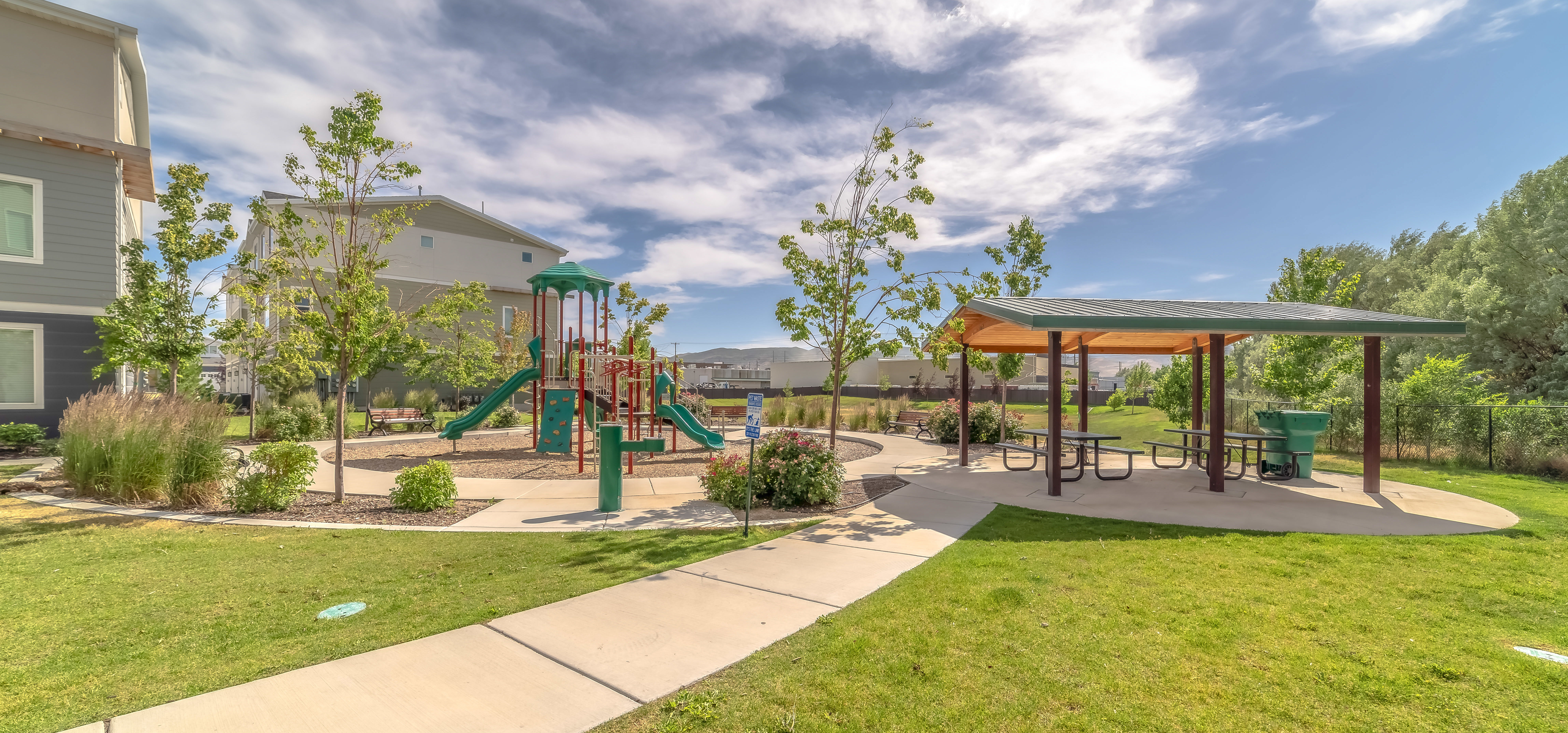What does ‘reasonable’ mean in law?
‘Reasonable’ is a term that crops up time, and time again in law. It’s an important concept to understand when considering a local government’s potential
liability exposures.
The law of negligence defines that standard as the level of care that a ‘reasonable person’ would exercise in a similar situation. For example: it’s reasonable to expect that any new play equipment installed by a
local government meets current Australian standards.
For LGIS members the question is ‘What would a reasonable local government, with similar information and resources, do in this situation?’ Where members document and show a process which demonstrates reasonable care has been taken, liability defences
are strengthened.







